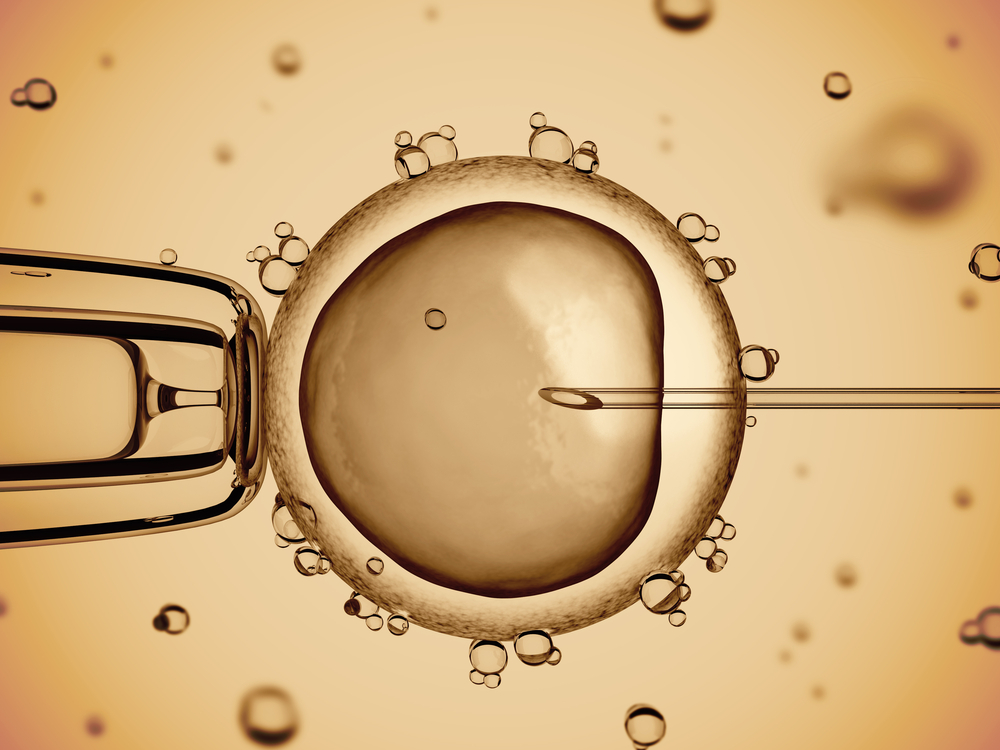Salk Institute Stem Cell Discovery Could Eventually Help Repair Organs, Reduce Transplant Needs For CF Patients
Written by |

Organ donors are critical to the survival of patients whose organs experience severe damage through trauma and disease. However, on average twenty-one people die per day while waiting for a transplant. As a disease that features lung transplantation as a possible course of treatment, those in the cystic fibrosis patient population are part of this demographic as well. While the average number of deaths waiting for a transplant in the United States is lower than other countries, the issue still places a great stress on society. In order to compensate for this shortage of donors, science has placed a major focus on stem cells and regenerative medicine.
In the past ten years, significant advancements have been made in the realm of stem cells, but scientists are still struggling to find the connection between cells in a laboratory and cells within a living body. In a study published this month in Nature, scientists at the Salk Institute in La Jolla, California have found a way to create a novel type of stem cell. By taking a different approach, scientists were able to optimize a combination of chemical signal conditions in order to discover a new type of stem cell that can interact with living cells within the body. These cells have the potential to become functional and mature enough for transplantation within the clinic.
According to Salk Professor Juan Carlos Izpisua Belmonte, senior author of the paper and holder of Salk’s Roger Guillemin Chair, “the region-specific cells we found could provide tremendous advantages in the laboratory to study development, evolution and disease, and may offer avenues for generating novel therapies.” These cells are easier to grow within a laboratory than the conventional human pluripotent stem cells, and therefore can offer greater advantages for large-scale production and genetic editing.
In diseases like cystic fibrosis, the ability to regenerate damaged organs could lead to a reduction in patients needing a lung transplant, and potentially repair the pancreas and other organs damaged by the accumulation of thick mucus and infection. Expanding on the importance of these findings is how these cells can be produced. With the ability to genetically correct the cystic fibrosis mutation through genetic engineering, these corrected cells can then be grown before introducing them into the body. Since these stem cells have the ability to differentiate into different tissues, the newly grown tissues would not express the disease states seen in cystic fibrosis.
[adrotate group=”1″]
“Stem cell tourism” or traveling to other countries for the clinical use of stem cells is a largely unregulated field of medicine. Since there is little known about the safety or effectiveness of these studies, many disease foundations like the Cystic Fibrosis Foundation state that patients should not participate in these procedures. However, this recent study could offer the much needed hope to those who will eventually need organ transplantation. While more research is needed, these recent stem cell findings may lead to the widespread use of stem cell therapy to correct the damage from diseases like cystic fibrosis.






